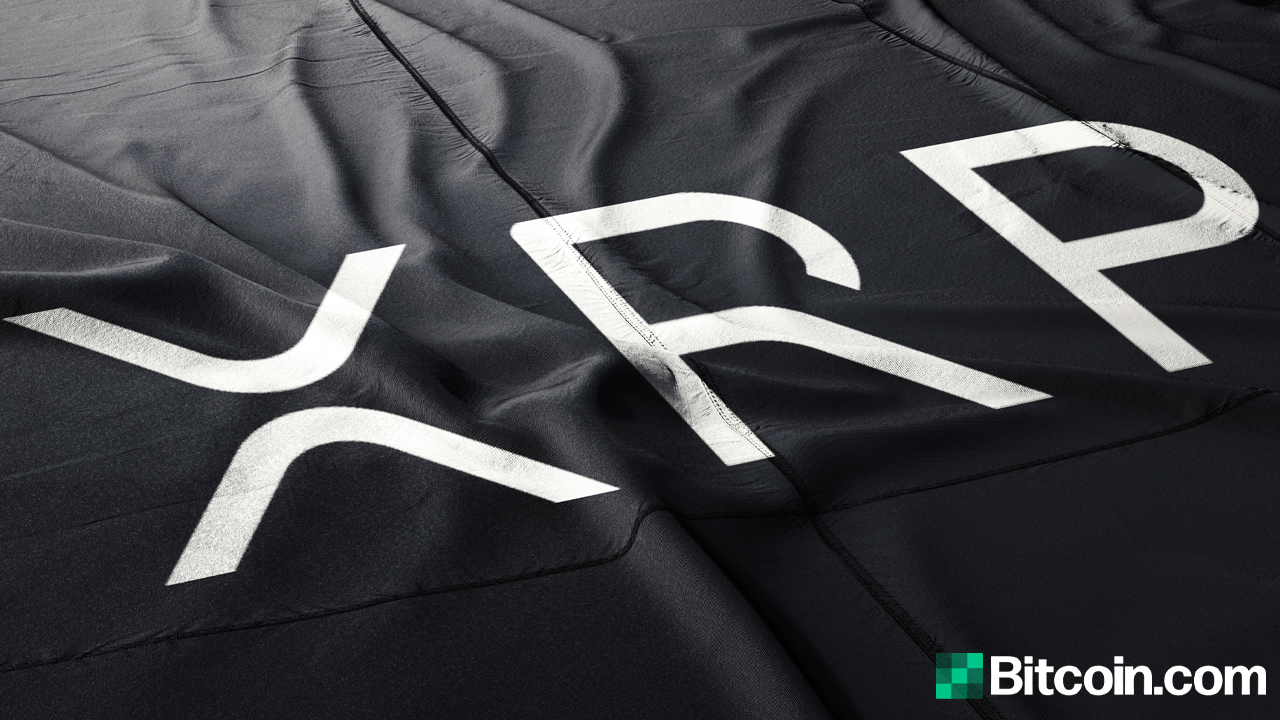

The company is also looking at further expansion, noted the exec in the Tweet thread, pointing towards the development of “NFTs, CBDCs, interoperability bridges, sidechains” among others. Huge props to the team for continuously upping their game & leaning into new capabilities every year. Today, the network has a volume run rate >$10B. RippleNet is much more than cross-border payments – it’s bringing crypto-native services such as liquidity to enterprises. Ripple’s on-demand liquidity service, which utilizes XRP to shuttle liquidity for financial institutions, grew 130% quarter after quarter in 2021, while Ripple itself grew by 33% in the last quarter. The buyback, according to Garlinghouse, has come at the back of its “best year on record” with the company’s financial position being relatively strong. Ripple seems to have relented to Tetragon’s request now, albeit, on its own terms. The company’s insistence on Ripple buying back the shares worth $175 million was called “opportunistic” by its representatives at the time, and the court had eventually ruled in its favor in April. Interestingly, Tetragon had itself sued Ripple in January 2021 shortly after the SEC had made its case, in a bid to redeem the funds it had invested in the company. The funding round held prior to the SEC case in December 2019, was headed at the time by Tetragon Financial Group and valued at $200 million.
#Ripple tetragon lawsuit series
Nevertheless, Ripple Labs CEO Brad Garlinghouse announced earlier today that the company has brought back shares it had sold in its Series C funding at a valuation of $15 billion.

Although, this has hindered the company’s reputation in the country, as highlighted by the many exchanges that have withdrawn the listing of its native token, XRP. This has been despite the lengthy lawsuit filed against it by the U.S Securities and Exchange Commission. The blockchain network Ripple has shown some exponential growth in the past year, especially owing to its liquidity and cross-border payment verticles.


 0 kommentar(er)
0 kommentar(er)
